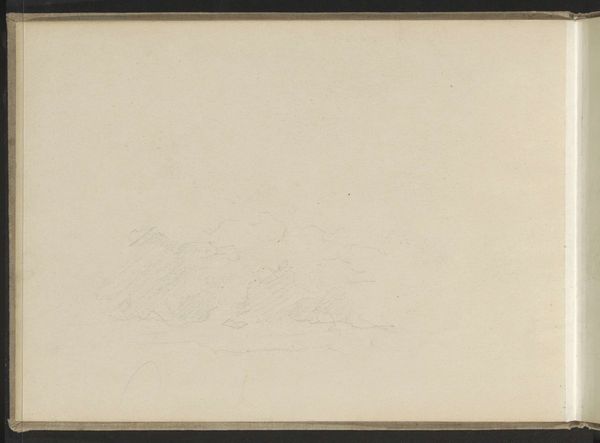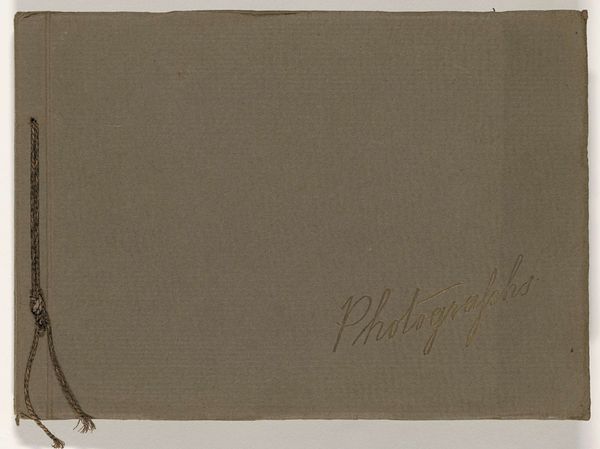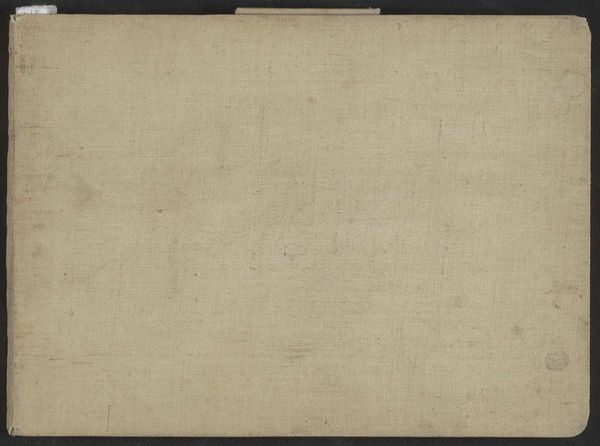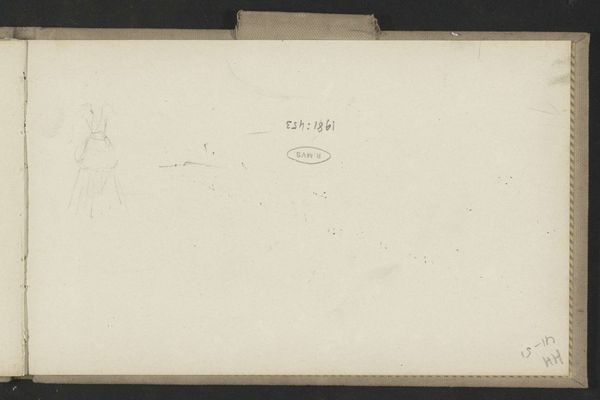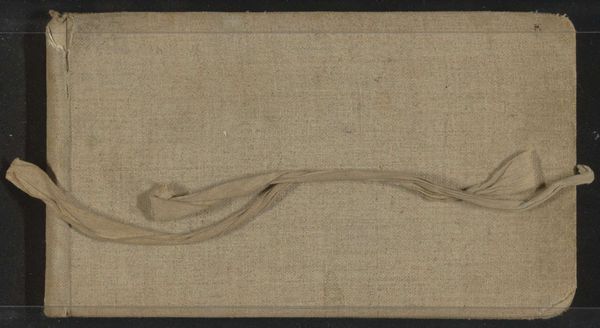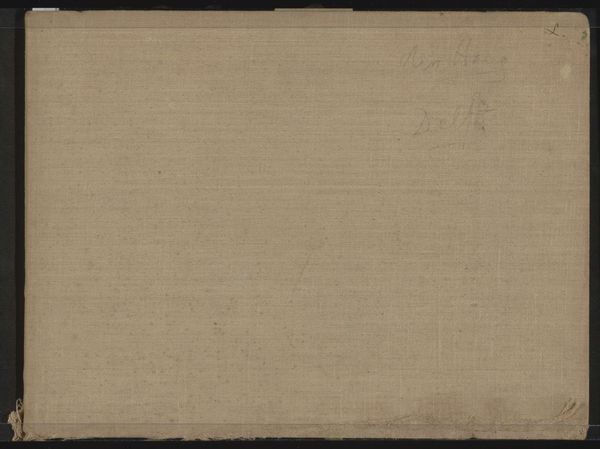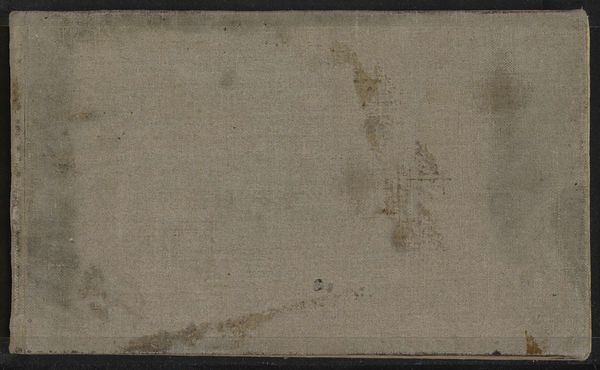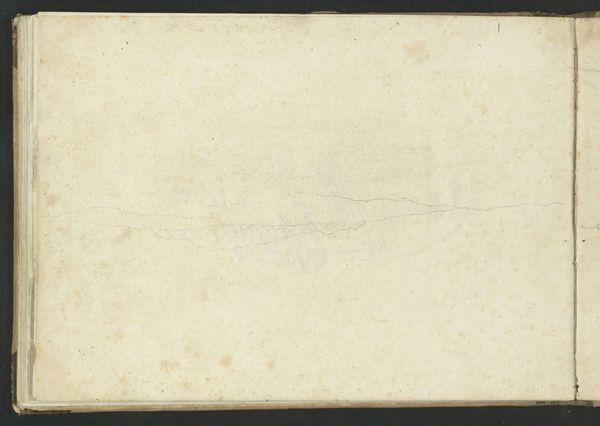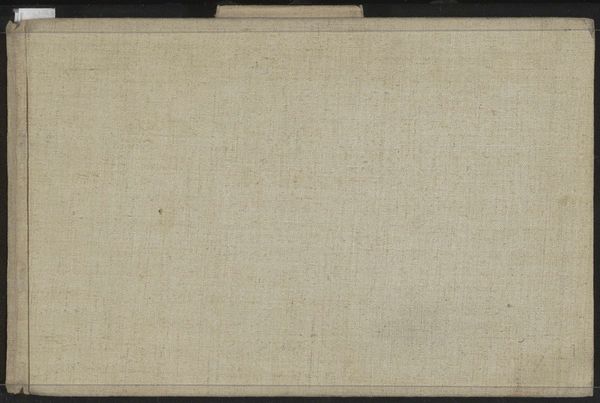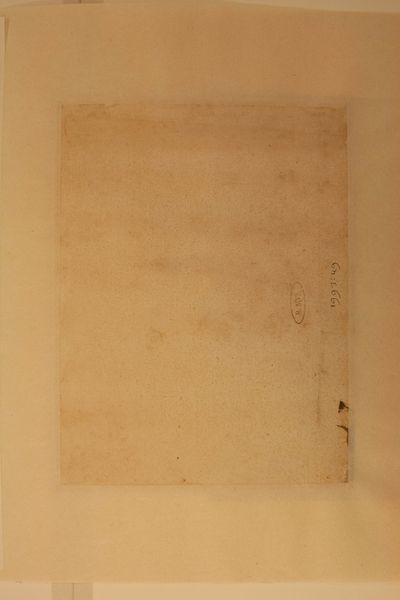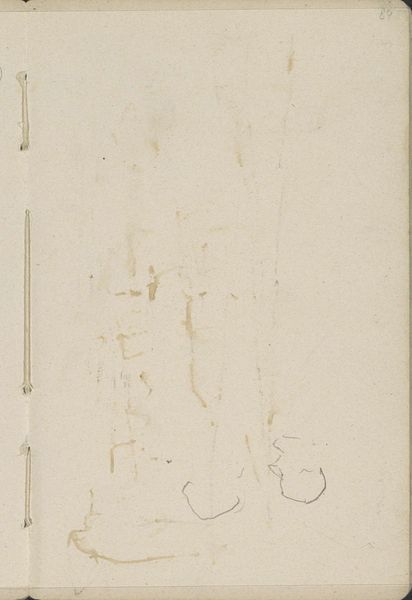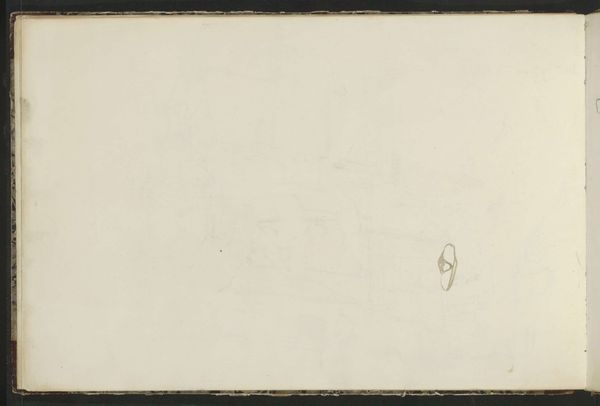
drawing, paper
#
drawing
#
paper
#
watercolor
Dimensions: height 115 mm, width 180 mm, thickness 15 mm, width 360 mm
Copyright: Rijks Museum: Open Domain
This sketchbook with 31 pages was made by Johan Antonie de Jonge, we don't know exactly when. The book is a kind of understated symphony in beige. Look closely, and you'll see the variations in tone and texture. A kind of warm, sandy canvas, and a woven tie, like a bandage or a shoelace, holding it all together. It reminds me that a sketchbook is more than just paper - it's a container for ideas. The beauty of a sketchbook like this lies in its potential. You can imagine the artist carrying it around, always ready to capture a fleeting thought or observation. What sort of marks are inside? Was it filled with landscapes, portraits, or abstract doodles? We can only imagine. I think of Agnes Martin, who also worked with subtle color and simple forms. Both artists invite us to slow down and appreciate the quiet beauty of the everyday. And like all great art, this little sketchbook leaves you with more questions than answers, which is exactly how it should be.
Comments
No comments
Be the first to comment and join the conversation on the ultimate creative platform.
